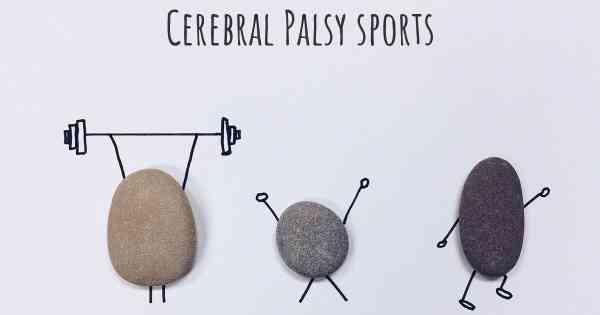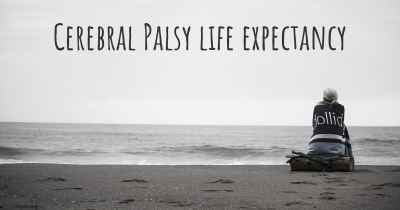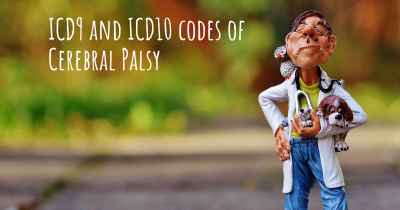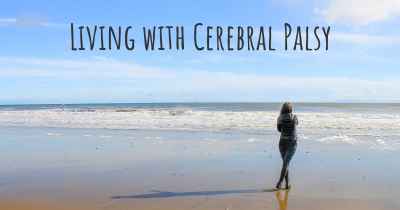Is it advisable to do exercise when affected by Cerebral Palsy? Which activities would you suggest and how intense should they be?
See if it is advisable for people with Cerebral Palsy to practice sports and which ones are the most recommended if you have Cerebral Palsy

Is it advisable to do exercise when affected by Cerebral Palsy?
Cerebral Palsy (CP) is a neurological disorder that affects muscle control and movement. It is caused by damage to the brain during development, usually before birth, but can also occur during infancy or early childhood. While exercise may seem challenging for individuals with CP, it is generally advisable and can provide numerous benefits.
Benefits of Exercise for Individuals with Cerebral Palsy:
1. Improved muscle strength and flexibility: Regular exercise can help strengthen muscles, improve flexibility, and enhance overall physical function. This can lead to better posture, balance, and coordination.
2. Increased cardiovascular fitness: Engaging in aerobic exercises can improve cardiovascular health, endurance, and stamina. This can enhance overall fitness levels and promote a healthier lifestyle.
3. Enhanced motor skills: Exercise can help individuals with CP improve their motor skills, including gross motor skills (such as walking or running) and fine motor skills (such as writing or using utensils).
4. Reduced spasticity: Spasticity, a common symptom of CP characterized by muscle stiffness and involuntary contractions, can be alleviated through regular exercise. Stretching exercises and activities that promote relaxation can help reduce spasticity.
5. Improved mental well-being: Exercise has been shown to have positive effects on mental health by reducing stress, anxiety, and depression. It can also boost self-esteem and improve overall mood.
Recommended Activities for Individuals with Cerebral Palsy:
When considering exercise options for individuals with CP, it is important to tailor the activities to their specific abilities and limitations. Here are some recommended activities:
1. Aquatic Therapy: Water-based exercises, such as swimming or aquatic therapy, can be highly beneficial for individuals with CP. The buoyancy of water reduces the impact on joints and muscles, making it easier to move and exercise.
2. Stretching and Range of Motion Exercises: Stretching exercises can help improve flexibility and reduce muscle tightness. Range of motion exercises, which involve moving joints through their full range, can also be beneficial.
3. Strength Training: Strength training exercises, using resistance bands or light weights, can help improve muscle strength and tone. It is important to start with low resistance and gradually increase as tolerated.
4. Balance and Coordination Activities: Activities that focus on balance and coordination, such as yoga or tai chi, can help improve stability and body awareness.
5. Cycling or Stationary Biking: Cycling, either on a regular bicycle or a stationary bike, can be a great low-impact exercise option for individuals with CP. It helps improve cardiovascular fitness and leg strength.
Exercise Intensity:
The intensity of exercise for individuals with CP should be determined on an individual basis, considering their overall health, physical abilities, and any associated conditions. It is important to consult with a healthcare professional, such as a physical therapist or physician, to develop an appropriate exercise plan.
Exercise intensity can be adjusted by modifying factors such as duration, frequency, and resistance. Starting with shorter durations and gradually increasing as tolerated is generally recommended. It is crucial to listen to the body and avoid overexertion or pushing beyond comfortable limits.
Conclusion:
Engaging in regular exercise can be highly beneficial for individuals with Cerebral Palsy. It can improve muscle strength, flexibility, cardiovascular fitness, motor skills, and overall well-being. However, it is important to choose activities that are suitable for the individual's abilities and limitations. Consulting with a healthcare professional is essential to develop a personalized exercise plan and ensure safety. With the right guidance and appropriate adjustments, exercise can play a significant role in enhancing the quality of life for individuals with CP.
Posted Feb 20, 2017 by Michelle 1000








